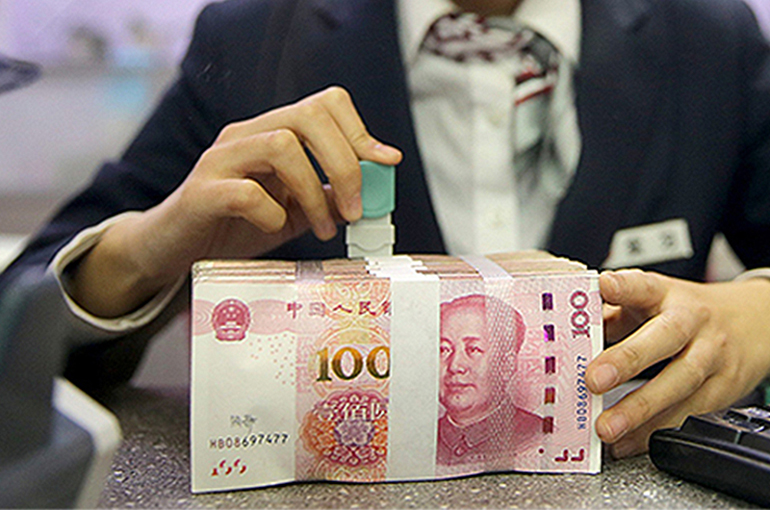 China Logs Record Low M1, M2 Money Supply Growth in June Amid Weak Credit Demand
China Logs Record Low M1, M2 Money Supply Growth in June Amid Weak Credit Demand(Yicai) July 16 -- Two key gauges of China’s money supply rose by the least ever last month, as the borrowing demand fell short of expectations. And given the persistent gap between the rates of growth for M1 and M2, some observers believe the need for stepped up fiscal support has increased, compared with monetary policy.
The growth of M1, a narrow measure of money supply that covers circulating cash and non-bank and non-government deposits, and M2, a broad gauge that covers cash in circulation and all deposits, narrowed by 0.8 percentage point in June from a month earlier, according to data released by the People's Bank of China on July 12.
The balance of M2 rose 6.2 percent to about CNY305 trillion (USD41.98 trillion), while the balance of M1 fell 5 percent to around CNY66 trillion (USD9.08 trillion). The gap between them was unchanged at 11.2 points.
Government bonds sales have accelerated over the past two months, while the uptick in expenditure has been relatively slow, resulting in a temporary reduction in fiscal deposits in the central bank’s accounts, which has effectively taken money out of circulation, said Wang Qing, chief macro analyst at Golden Credit Rating International.
“The end of June is a critical performance assessment period for banks, but household deposits shrank month on month because some lenders cut deposit rates recently and asset management product yields rose in the first half as bond market yields fell,” Wang noted.
That resulted in an 11.6 percent jump in fundraising through asset management products last month compared with a year earlier, he said.
“This diversion of bank deposits to asset management products has somewhat suppressed M2 growth,” Wang pointed out.
The measurability, controllability, and correlation of the money supply with the real economy have all weakened, according to Ming Ming, chief economist at Citic Securities. Under the country’s deposit rate reforms, banks are restricted in trying to attract depositors with high interest rates, Ming added.
The phenomenon of "timing conflict" between deposits and loans, appearing around crucial times such as end of months, quarters, and years, with the aim of boost business at lenders, has diminished, Ming noted. “The M2 balance exceeds CNY300 trillion and fast growth at such high levels is unrealistic,” he said.
Given the long-term wide disparity between the growth rates of M1 and M2, ongoing sluggishness in the property market, weak corporate investment activity, and insufficient willingness among consumers to spend, resulting in poor capital returns to businesses, the market is looking to more macroeconomic policy support.
To energize capital and lower risk premiums, it is necessary to rebalance the supply and demand of money and change the way money is supplied, shifting from a credit-based to a fiscal-based monetary supply, according to a recent report by China International Capital. That would require the government to play a more important role, rather than just relying on monetary policy, it said.
But the transmission chain of fiscal expenditure to promote the improvement of real demand is blocked, resulting in a decline in fiscal revenue, a further slowing of fiscal expenditure growth, and weaker M2 growth, noted Liu Lu, chief fixed-income analyst at Ping An Securities. This was also the main reason for the significant growth gap between M2 and social financing, Liu pointed out.
Editor: Martin Kadiev